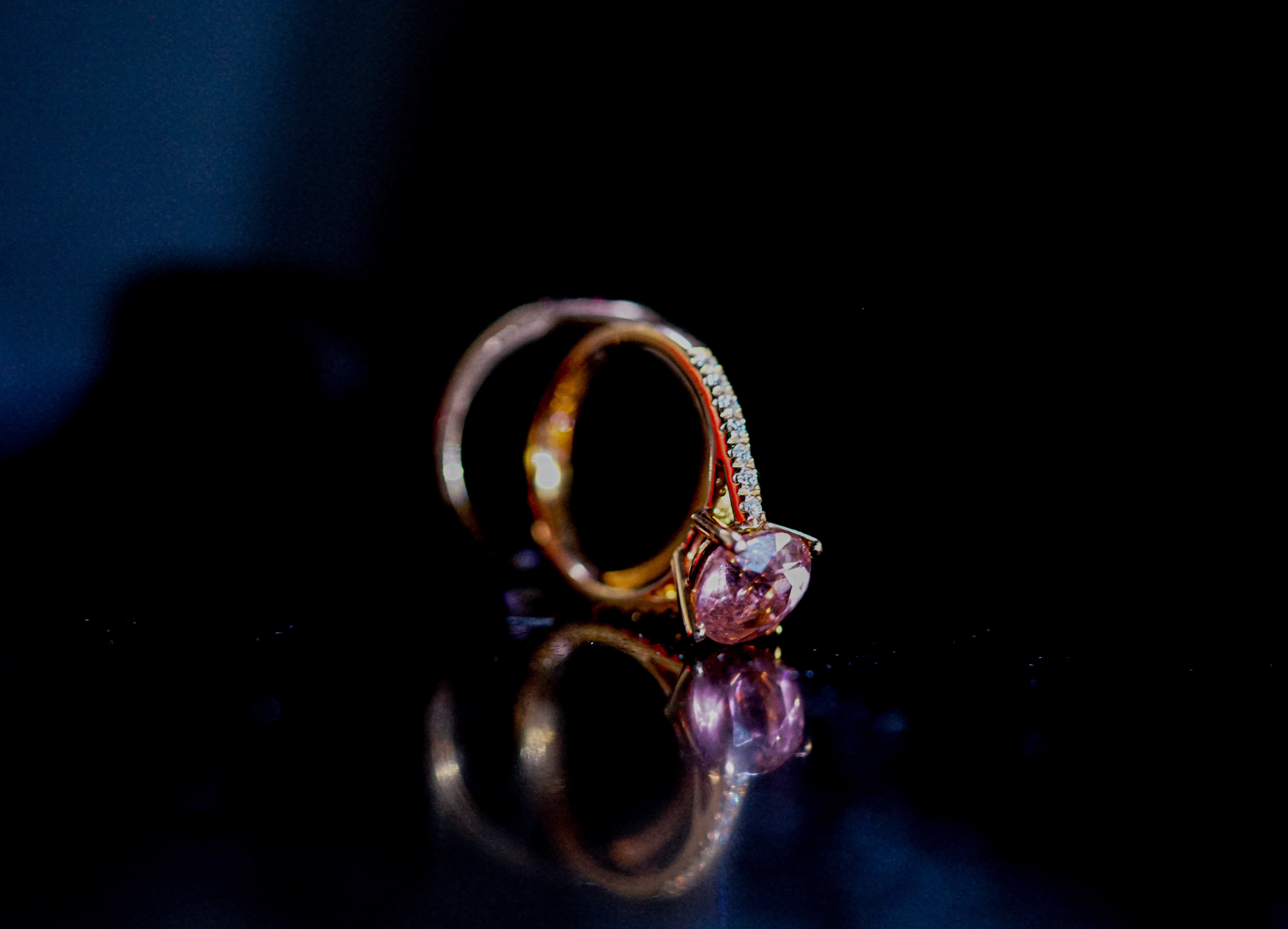Uncategorized
All you need to know about Rhodium Plated Jewelry
Rhodium plating is a process of depositing a thin layer of rhodium metal onto the surface of another metal object. This technique is commonly used in jewelry making, particularly for white gold and silver jewelry. Rhodium plating provides many benefits, including increased durability, improved resistance to scratches and tarnishing, and an enhanced appearance. In this article, we will explore everything you need to know about rhodium plating, from its history to its applications, benefits, and drawbacks.
History of Rhodium Plating
Rhodium is a rare and precious metal that was discovered in 1803 by the English chemist William Hyde Wollaston. The name “rhodium” comes from the Greek word “rhodon,” which means rose-colored, due to the pinkish hue of some of its salts. Rhodium is a member of the platinum group of metals and is one of the rarest elements on Earth. It is estimated that the total amount of rhodium mined worldwide each year is only around 30 tons.
The use of rhodium in plating dates back to the early 20th century. Rhodium was first used as a plating material for silverware and later for jewelry. Its popularity grew in the 1930s and 1940s when it was used to plate costume jewelry to create a white gold-like appearance. Rhodium plating became more common in the 1970s and 1980s, as the demand for white gold and platinum jewelry increased.
Applications of Rhodium Plating
Rhodium plating is widely used in the jewelry industry, particularly for white gold and silver jewelry. The process of rhodium plating involves depositing a thin layer of rhodium onto the surface of the metal, which gives it a bright, shiny, and reflective appearance. Rhodium plating is also used in the automotive industry for exhaust systems, as rhodium is a good catalyst for reducing nitrogen oxides.

Benefits of Rhodium Plating
Rhodium plating offers many benefits, including increased durability, improved scratch and tarnish resistance, and an enhanced appearance. Here are some of the main advantages of rhodium plating:
- Increased Durability: Rhodium is a hard and durable metal that is resistant to scratches and wear. When applied to the surface of jewelry or other metal objects, it provides an extra layer of protection that can help extend their lifespan.
- Improved Resistance to Tarnishing: Rhodium is also highly resistant to tarnishing and corrosion, which makes it an ideal plating material for silver and white gold jewelry. When silver and white gold are exposed to air and moisture, they can tarnish and lose their shine. Rhodium plating can help prevent this by providing a barrier that protects the metal from the elements.
- Enhanced Appearance: Rhodium plating gives metal objects a bright, shiny, and reflective appearance that is similar to that of platinum. It can also enhance the color of certain metals, such as white gold, by making them appear whiter and brighter.
Drawbacks of Rhodium Plating
While rhodium plating offers many benefits, there are also some drawbacks to consider. Here are a few:
- Limited Lifespan: Rhodium plating is not permanent and will eventually wear off over time. The lifespan of rhodium plating depends on several factors, such as the thickness of the plating and how often the object is worn or used. Jewelry that is worn frequently may need to be re-plated every few years to maintain its appearance.
- Cost: Rhodium is a rare and expensive metal, which makes rhodium plating more costly than other types of plating. The cost of rhodium plating depends on several factors, such as the size and type of object being plated and the thickness
- Difficulty in Repair: Rhodium plating is a delicate process that requires specialized equipment and expertise. If the plating is damaged or worn off, it can be difficult and expensive to repair. In some cases, it may be necessary to remove the old plating and reapply a new layer, which can be time-consuming and costly.
- Environmental Concerns: Rhodium mining and production can have negative environmental impacts. The mining process can result in soil erosion, water pollution, and habitat destruction. In addition, the production of rhodium can generate greenhouse gas emissions and other pollutants. As a result, some consumers may be hesitant to purchase rhodium-plated products due to environmental concerns.
How Rhodium Plating is Done
Rhodium plating is typically done using an electroplating process. The object to be plated is first cleaned and polished to remove any dirt, grime, or debris that could interfere with the plating process. The object is then immersed in a solution containing rhodium and an electrolyte. An electric current is passed through the solution, causing the rhodium to adhere to the surface of the object.
The thickness of the rhodium layer can be controlled by adjusting the amount of time the object is immersed in the solution and the strength of the electric current. Thicker layers of rhodium will provide greater durability and longevity, but will also increase the cost of the plating process.
After the plating is complete, the object is rinsed and dried to remove any excess solution or debris. The rhodium layer will be shiny and reflective, giving the object a bright and polished appearance.
Maintenance of Rhodium Plated Jewelry
To maintain the appearance of rhodium-plated jewelry, it is important to take proper care of it. Here are some tips for maintaining rhodium-plated jewelry:
- Avoid exposure to harsh chemicals: Rhodium plating can be damaged by exposure to harsh chemicals, such as chlorine or bleach. It is best to remove rhodium-plated jewelry before swimming, showering, or using cleaning products.
- Store properly: To prevent scratches or damage, store rhodium-plated jewelry in a soft cloth or jewelry box when not in use.
- Clean gently: To clean rhodium-plated jewelry, use a soft cloth or gentle cleaning solution designed for jewelry. Avoid using abrasive materials or harsh chemicals that could damage the plating.
- Re-plate as needed: Over time, rhodium plating will wear off and may need to be re-plated to maintain its appearance. The frequency of re-plating will depend on how often the jewelry is worn and how well it is cared for.
Conclusion
Rhodium plating is a popular technique used in the jewelry industry to enhance the appearance and durability of metal objects. Rhodium is a rare and precious metal that provides many benefits, including increased durability, improved resistance to scratches and tarnishing, and an enhanced appearance. While there are some drawbacks to consider, such as the cost and limited lifespan of the plating, rhodium plating can be a great way to add value and beauty to jewelry and other metal objects. With proper care and maintenance, rhodium-plated jewelry can last for many years and continue to shine bright.
At Dazzle Accessories we offer wide range of earrings designs that are rhodium plated


